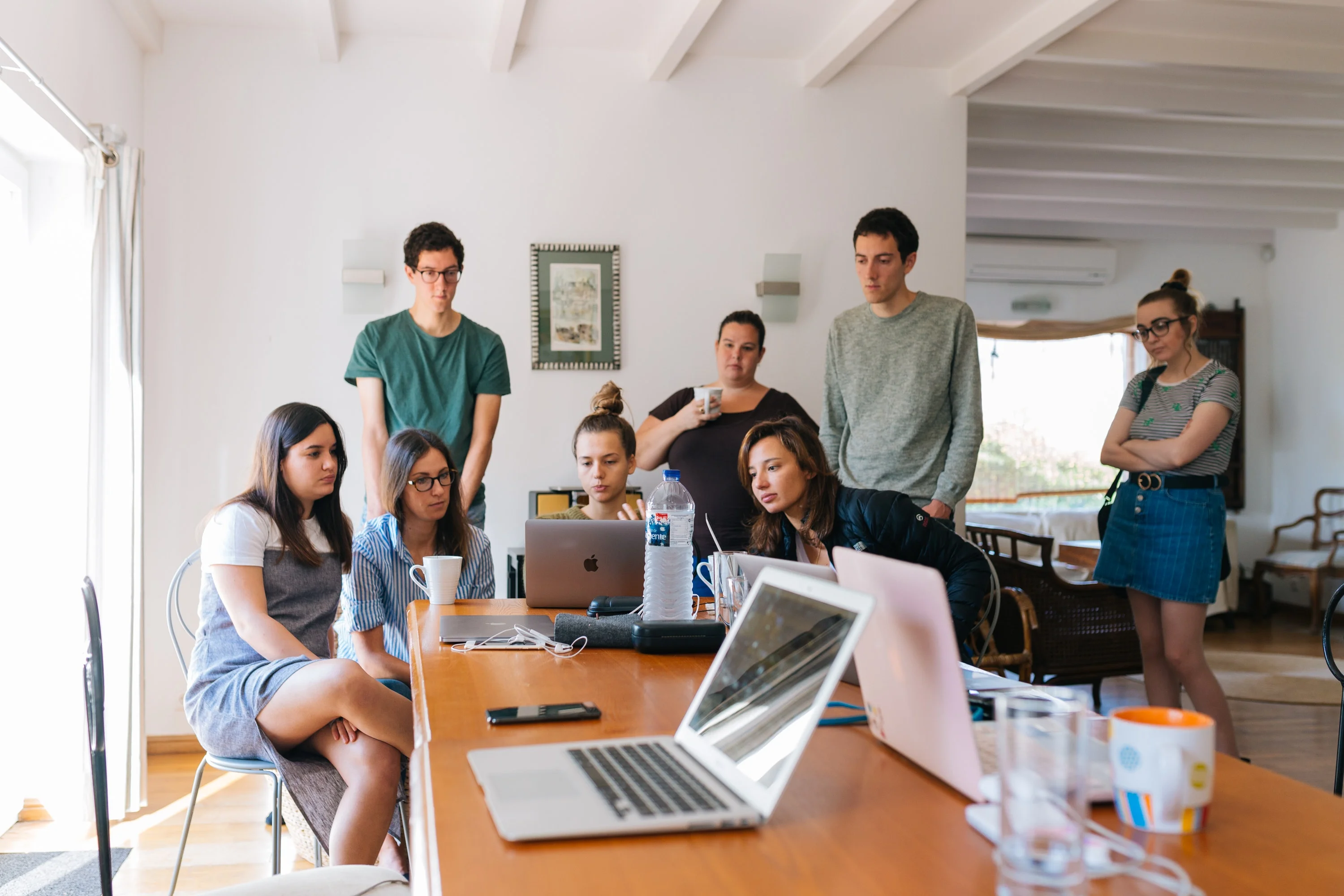Sample by My Essay Writer

Introduction
Inequalities at the work place based on an individual’s race, class, or gender still exist despite strict measures by the states and the federal government to curb the vice. Although such inequalities are not widespread as compared to the pre-civil rights era, they pose a threat to the advancement of human rights. The law prohibits discrimination of employees based on age, disability, sex, sexual orientation, race, color, or ethnic origin, as well as religious beliefs or lack of. This discussion focuses on such inequalities at the workplace and how they can influence the likelihood of being a member of the “working poor.” [“Write my essay for me?” Get help here.]
Inequalities in the workplace
According to Rader et al. (2016), discrimination at the workplace refers to the treatment or proposal to treat someone in an unfavorable manner based on the person’s characteristics that are protected by law. Inequalities in the workplace take more forms such as unfair terms and conditions during employment, denial of promotion, transfers, employment related packages, and performance pay. Additionally, employees may be treated unfairly through retrenchment, demotion, abusive language, and dismissal.
One of the major inequalities in the workplace is being passed over for a promotion or a job within the workplace. According to a research carried out in 2001, more than 75% of Africans Americans and over 20% of Asians and Hispanics reported being passed over for a promotion that they qualified for (Srinivasan, 2015). Women are also more likely to be passed over for a promotion as compared to men, even if they have the same tenure and experience as men. In another survey by the Financial Times, while controlling for education, experience, age, occupation, and industry, women were found to be 2.9% points less likely to be promoted as compared to men (Jopson, 2016).
Even where such women stay in the same company for a longer duration, their chances of being promoted are less as compared to their male counterparts. The chances of promotions are however even lower where such women are black or belong to the other lesser communities. One of the main reasons for being passed over for a promotion has been due to discriminatory HR policies. Promotions are less likely to be carried out on merit as those at the top often recommend people to be considered for promotions. Srinivasan (2015), argues that the rules of personal connections, while considering candidates for a job promotion leave people of color at a disadvantage.
The second type of inequality at the place of workplace involves hatred and lack of tolerance towards a particular race or minority group. Such hatred is dissipated through utterances, and graffiti found at the workplaces. Eve (2010), argues that there has been a growing bias towards Muslim workers since the September 11 attacks. Additionally, the country has been witnessing hatred towards Muslims due the recent shootings in various parts of the world by Isis sympathizers. Other employees and employers also fail to accommodate the practices and beliefs of Muslim workers in addition to ridicule.
According to Eve (2010), claims of intolerance and hatred towards Muslims at the workplaces rose from 1304 in 2008 to 1490 in 2009. A suit filed by JBS employees noted abusive behavior as well as lack of accommodation for religious requirements such as prayers. The employees alleged that the supervisors regularly threw bones and blood on the Muslim employees. The employees were also subjected to anti-black and anti-Muslim graffiti at the restrooms.

Muslims at the places of work are mostly accused of being terrorist’s sympathizers. More often than not, they are likely to be discriminated against whenever they speak in Arabic or adorn their religious attires. For example, a suit was filed against Abercrombie and Fitch in 2010 for discriminating on a female applicant who adorned a headscarf that is in accordance with her religious beliefs (Eve, 2010). However, the company noted “not Abercrombie type” on the assessment form. Although some of these cases are reported a majority of such inequalities go unreported.
How Inequalities at the Workplace Influences the Likelihood of Being a Member of the “Working Poor”
Due to the limited chances of career progression, there has been an increase in the wage gap between men and women as well as the whites and people of color. Promotions are always associated with a pay rise as well as additional pay benefits such as better medical cover. However, failure to attain such a promotion based on one’s gender or race ensures that some people remain as members of the working poor. Employees who experience being passed over for a job promotions are also likely to be demoralized. This may result in reduced output and a reduction in earnings where the remuneration is based on the level of output.
Jopson (2016), argues that although women constitute the greatest percentage of the workforce in the country, over 80% hold the lowest ranks while over 90% of men represents the employees at the top three highest ranks. This factor lowers the women earning capacity as compared to their male counterparts. Women are, therefore, likely to remain at the same level for a longer period as compared to men who are able to change jobs and also get promotions.

On the other hand, hatred and lack of tolerance towards a particular race in the workplace may be attributed to low earnings on the part of the latter. Muslim workers who experience such discrimination may be affected emotionally which may render to reduced output or in severe cases resignations. Such inequalities also ensure that this particular group does not progress in their career that is associated with a higher income. [Click Essay Writer to order your essay]
Conclusion
The working poor, mainly consist of the people of color and other discriminated groups. There is also a close link between poverty and discrimination due to lack of enough income to pursue other goals in life. For example, women are likely to ignore a chance to advance their education if they feel that they will be passed over for a promotion in the future. However, whereas such an opportunity would have ensured progress in one’s career, failure to undertake such additional training ensures that they remain at the same income level for a longer period. Finally, inequalities at the workplace also play a huge role in gagging up people to demand for better remunerations and additional privileges. For example, Muslim workers are less likely to stand up for their rights for fear of being fired.
References
Eve, T. (2010). Muslims Face Growing Bias in the Workplace. NBC Times.
Jopson, B. (2016). White House renews crackdown on workplace inequality. The Financial Times.
Rader Sipe, S., Larson, L., Mckay, B. A., & Moss, J. (2016). Taking off the Blinders: A Comparative Study of University Students’ Changing Perceptions of Gender Discrimination in the Workplace From 2006 to 2013. Academy Of Management Learning & Education, 15(2), 232-249.
Srinivasan, M. S. (2015). Building A Woman Friendly Workplace. Vilakshan: The XIMB Journal Of Management, 12(2), 119-126.






